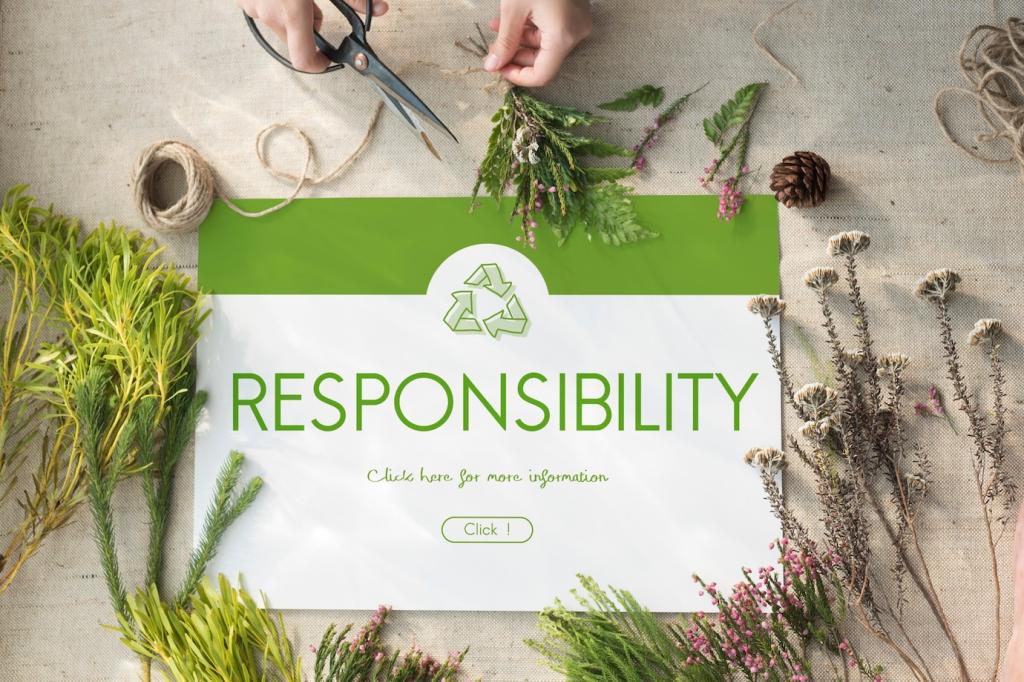The Incentive Map: Where Savings Start
The Inflation Reduction Act maintains a 30% ITC for eligible residential and commercial solar through at least 2032, dramatically improving project economics. It applies to equipment and installation. Eligibility hinges on ownership and tax liability, so consult a qualified advisor. Have questions about your situation? Drop a comment and we’ll help point you to reliable resources.
The Incentive Map: Where Savings Start
Many states, counties, and cities offer per-watt rebates or fixed grants that stack with the federal credit, while some utilities add bill credits or cash-back programs. Funding windows can be short and competitive, so timing matters. Subscribe for regional alerts and we’ll message you when new rebate rounds, lotteries, or waitlists open.
The Incentive Map: Where Savings Start
Your exported solar power may earn retail-rate net metering, time-based export rates, or net billing credits—rules vary widely by state and utility. Understanding your tariff can unlock extra value. Tell us your utility in the comments, and we’ll share tailored pointers for maximizing credits under your specific rate plan.
The Incentive Map: Where Savings Start
Lorem ipsum dolor sit amet, consectetur adipiscing elit. Ut elit tellus, luctus nec ullamcorper mattis, pulvinar dapibus leo.







